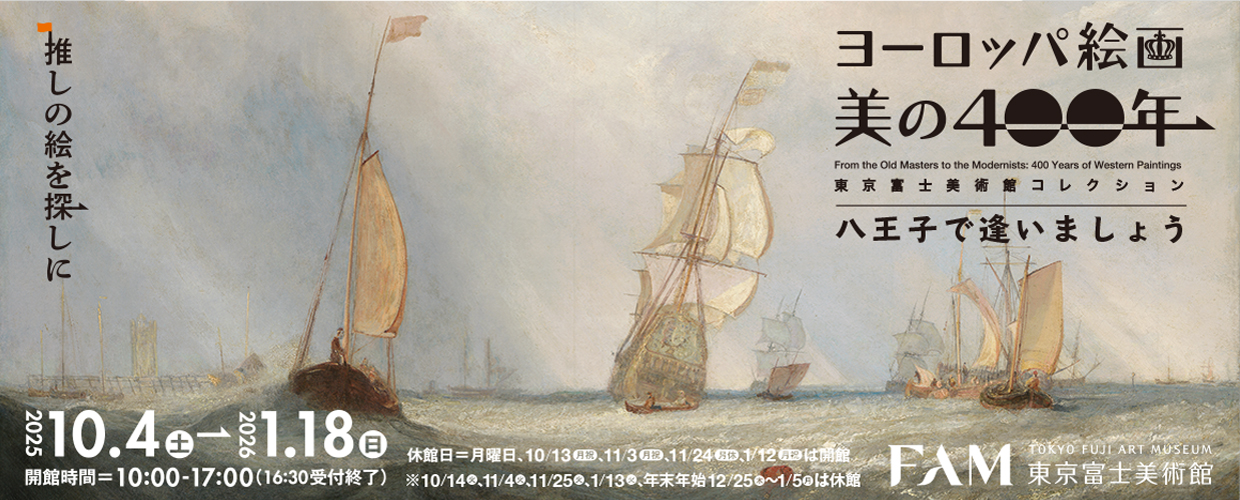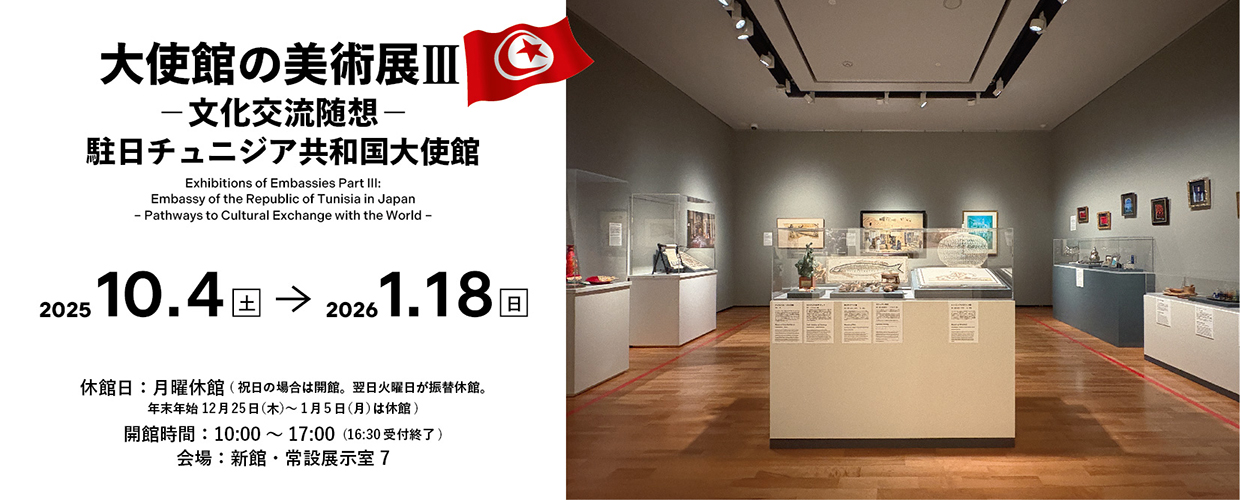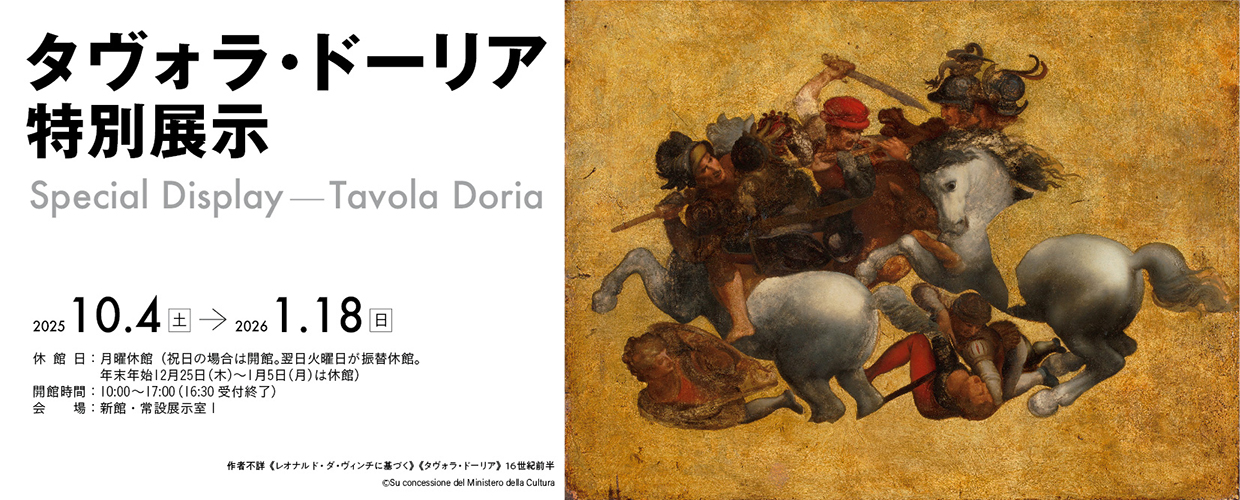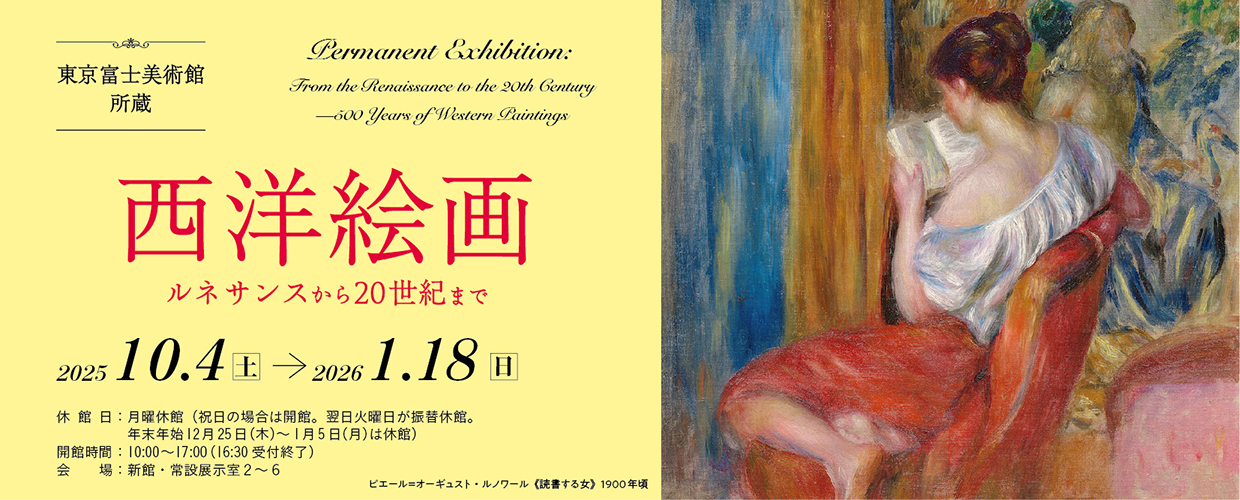Mid Edo Period (18th c.)/Lacquered wood
8.1 x 5.9 x 2.5 cm
SUMMARY
An inro was originally an ornamental case to carry medicine, but later they were often carried simply as accessories without any medicine inside them. The derivation of the name inro is unclear. One theory is that it comes from the fact that medicine cases were similar in shape to the Chinese-made inro for containing stamps (or “in”) that were used to decorate tokonoma (“decorative alcoves in houses”) in the Muromachi era, though this is not certain. In any case, in the Edo era an inro generally referred to a medicine case, not a case for stamps. Some artifacts contain remnants of medicine, or have the names of medicines written inside, showing that even decorative examples with high quality gold lacquer work were used in a practical way. This is a standard, four sectioned inro, and its black lacquer base displays images of Mount Fuji, Mihonomatsubara (“pine trees in Miho”) and Kiyomi-dera temple in shishiai-togidashi maki-e (a combination of layered gold powder and raised lacquer) and raden (mother-of-pearl inlay). The inside of each section is aventurine lacquer, with a note stuck on the back of the lids to write the names of the medicines they held.
INFORMATION

EXPLORE

You can search and browse content on a platform across museums and archival institutions nationwide, and create My Gallery (online exhibition).







